These giant dancing feet by Salvador Dali can be admired at the ceiling of Palace of the Wind in the Dali Museum of Figueres and they date back to 1972 - 73 when the museum was built upon the remains of the former Figueres theatre.
Date
1972-1973
Technique
Oil on canvas
Dimensions
114 x 570cm
Location
Dalí Theatre-Museum
Palacio del Viento
Dalí created this painting in his workshop in Portlligat, but it was eventually placed on a large scaffolding and installed in his Theatre-Museum. On the first floor of the town theater, the Sala Palau del Vent (‘Wind Palace Room’) was the site of Dalí’s first exhibition in 1919. The painting is based on the poem "L'Empordà" by Joan Maragall, which alludes to the Empordà region of Spain and the tramontana, a strong wind that blows through the region.
In the center of the painting, Dalí depicts himself and Gala in a forced perspective, creating an allegorical representation of the different stages of his life. The painting can be seen as a kind of idyllic journey through Dalí's dreamlike memories. At the end of the painting, Dalí again depicts himself and Gala, this time contemplating the ship of destiny that is about to depart.
Some of the key elements of the painting include:
- A rain of gold coins falling on the viewer, which Dalí claimed was one real coin.
- A reference to Lullian wheels, a type of symbol used by the Catalan mystic Ramon Llull.
- Elephants with insect limbs.
- The outlined silhouettes of the princes of Spain, who are the current king and queen of Spain.
- The silhouette of the photographer and friend of Dalí, Melitó Casals, "Meli."
The painting is a complex and allegorical work that offers a unique glimpse into Dalí's life and work. It is a masterpiece of Surrealist art, and it is one of the most important works in the Dalí Theatre-Museum.
Salvador Dalí's painting The Palace of the Wind is a complex and enigmatic work that is full of symbolism. It was created between 1969 and 1973 for the ceiling of the "sala nobile" or rest room of the old municipal theatre in Figueres, Spain. The painting is now on display in the Dalí Theatre-Museum, which is housed in the same building.
The painting consists of five panels, each of which is filled with images that are both familiar and strange. The central panel depicts a large, golden sun that is surrounded by a swirling vortex of clouds. The clouds are populated by a variety of figures, including a woman with a long neck, a giant lobster, and a group of musicians. The other panels depict a variety of other scenes, including a landscape with a castle, a seascape with a boat, and a cityscape with a cathedral.
The Palace of the Wind is a visually stunning work that is full of Dalí's signature surrealist imagery. The painting is a testament to Dalí's incredible imagination and his ability to create images that are both beautiful and disturbing.
The Creation of the Painting
Dalí began working on The Palace of the Wind in 1969, shortly after the purchase of the old municipal theatre in Figueres. The theatre was originally built in 1847, but it had fallen into disrepair by the time Dalí acquired it. Dalí planned to transform the theatre into a museum dedicated to his work, and The Palace of the Wind was to be one of the centerpieces of the museum.
Dalí worked on the painting in several different stages. The first panel was completed in 1970, and it was hoisted into place on the ceiling of the sala nobile on November 13, 1970. The painting was taken down the next day, however, so that the restoration of the theatre could continue.
Dalí continued working on the painting in his studio at Portlligat during 1971-72. He completed the central part of the painting during this time, and he also added the side panels. The entire painting was finally put in place on the ceiling of the sala nobile in 1972 but officially declared completed by the author in 1973.
The Symbolism of the Painting
The symbolism of The Palace of the Wind is complex and has been interpreted in many different ways. Some scholars believe that the painting is a representation of the Empordà region of Spain, where Dalí was born and raised. The Empordà is a region that is known for its winds, and the swirling vortex of clouds in the painting could be seen as a representation of the region's strong winds.
Other scholars believe that the painting is a more personal allegory, representing Dalí's own life and work. The central panel of the painting depicts a large, golden sun that is surrounded by a swirling vortex of clouds. The sun could be seen as a representation of Dalí himself, while the clouds could be seen as representing the challenges and obstacles that he faced in his life.
The other panels of the painting depict a variety of other scenes, including a landscape with a castle, a seascape with a boat, and a cityscape with a cathedral. These scenes could be seen as representing different aspects of Dalí's life and work. The castle could be seen as a representation of Dalí's childhood home, while the seascape could be seen as a representation of his travels. The cityscape could be seen as a representation of his life in Barcelona and Figueres.
The Legacy of the Painting
The Palace of the Wind is one of Dalí's most famous paintings, and it is a centerpiece of the Dalí Theatre-Museum in Figueres

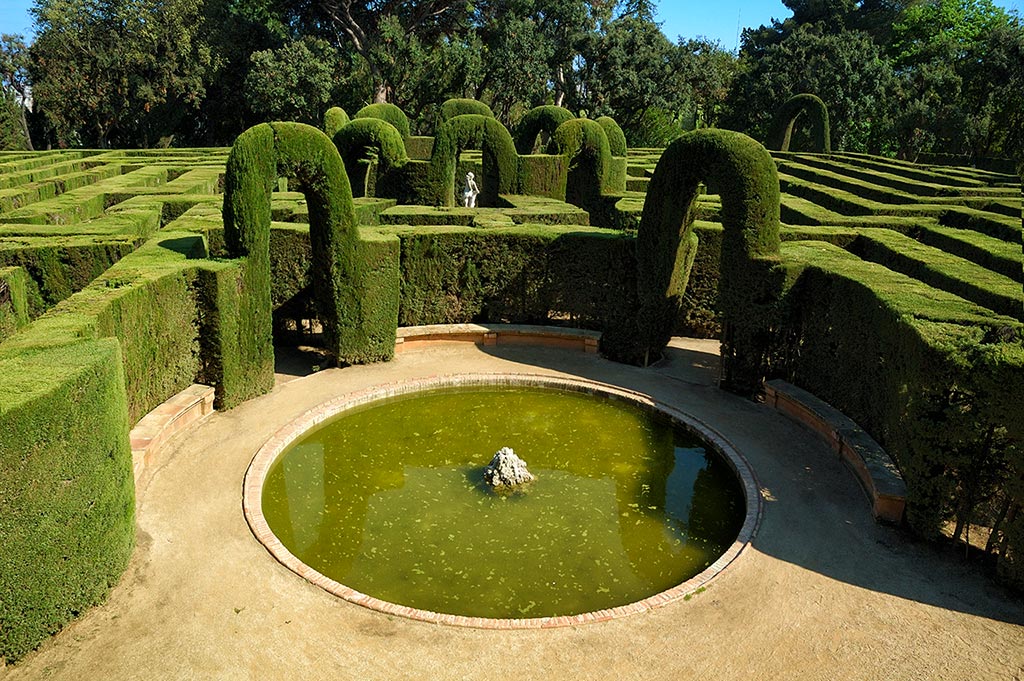



![Estelada banner with La Merced in the background, Barcelona Estelada banner with La Merced in the background, Barcelona [enlarge]](https://1.bp.blogspot.com/-ewBG5a2QfNQ/VBHrc4eoEgI/AAAAAAAAHps/Tpo-Iv_dRoc/s1600/Estelada-Diada-La%2BMerced-Barcelona.jpg)
![Catalan housewife Catalan housewife [enlarge]](https://4.bp.blogspot.com/-1BvWtGLA7V8/VA4WQ8ApmVI/AAAAAAAAHpY/ZSPdS0A50-4/s1600/Catalan-Housewife.jpg)
![Breaking Bad Series T-Shirts, Barcelona Breaking Bad Series T-Shirt Barcelona [enlarge]](https://2.bp.blogspot.com/-pvfeI-lFOwY/VAyv7XAvORI/AAAAAAAAHpI/-qkgasxDoXI/s1600/Breaking-Bad-T-Shirt-Gracia-Shop-Barcelona.jpg)

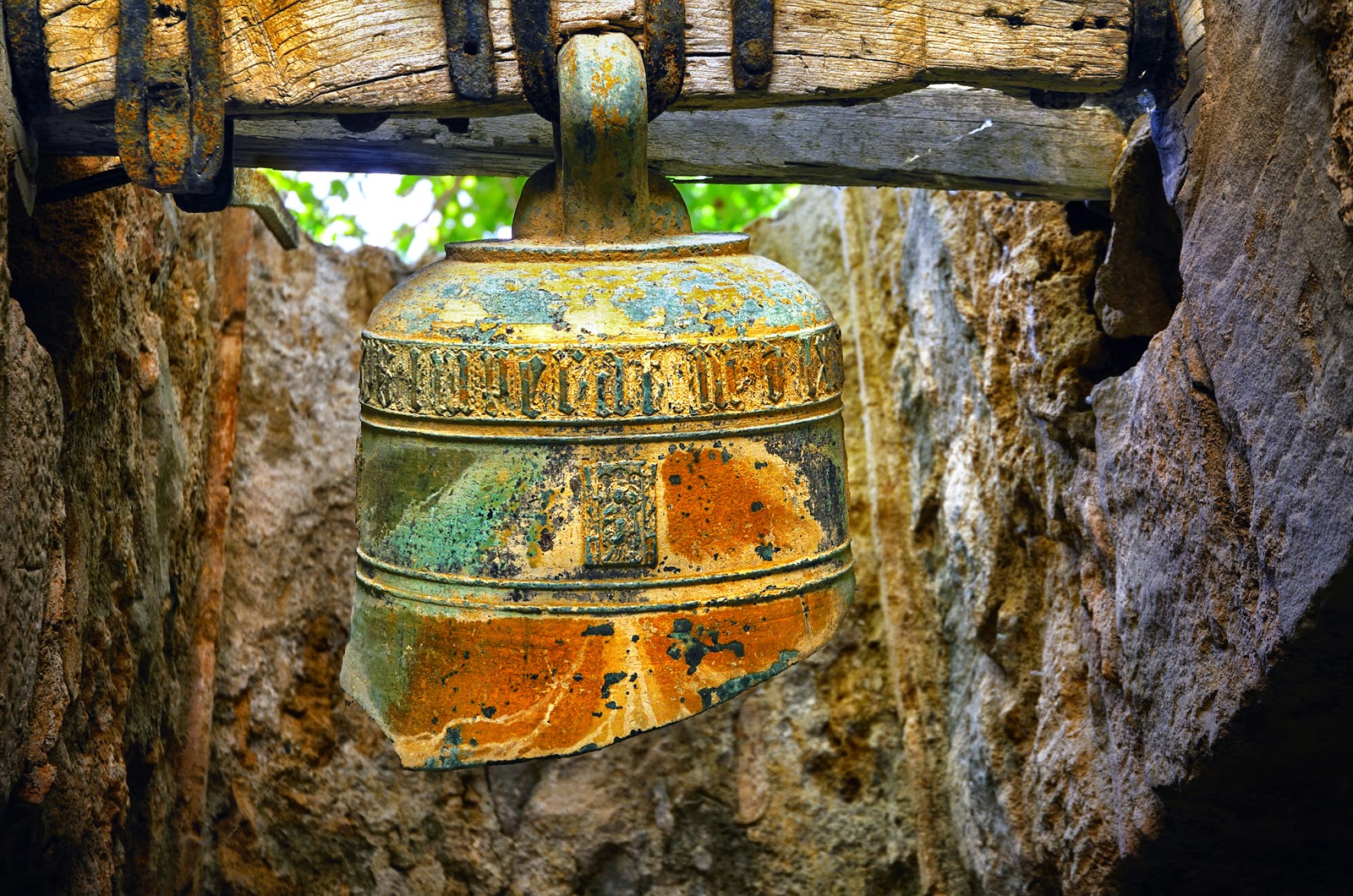
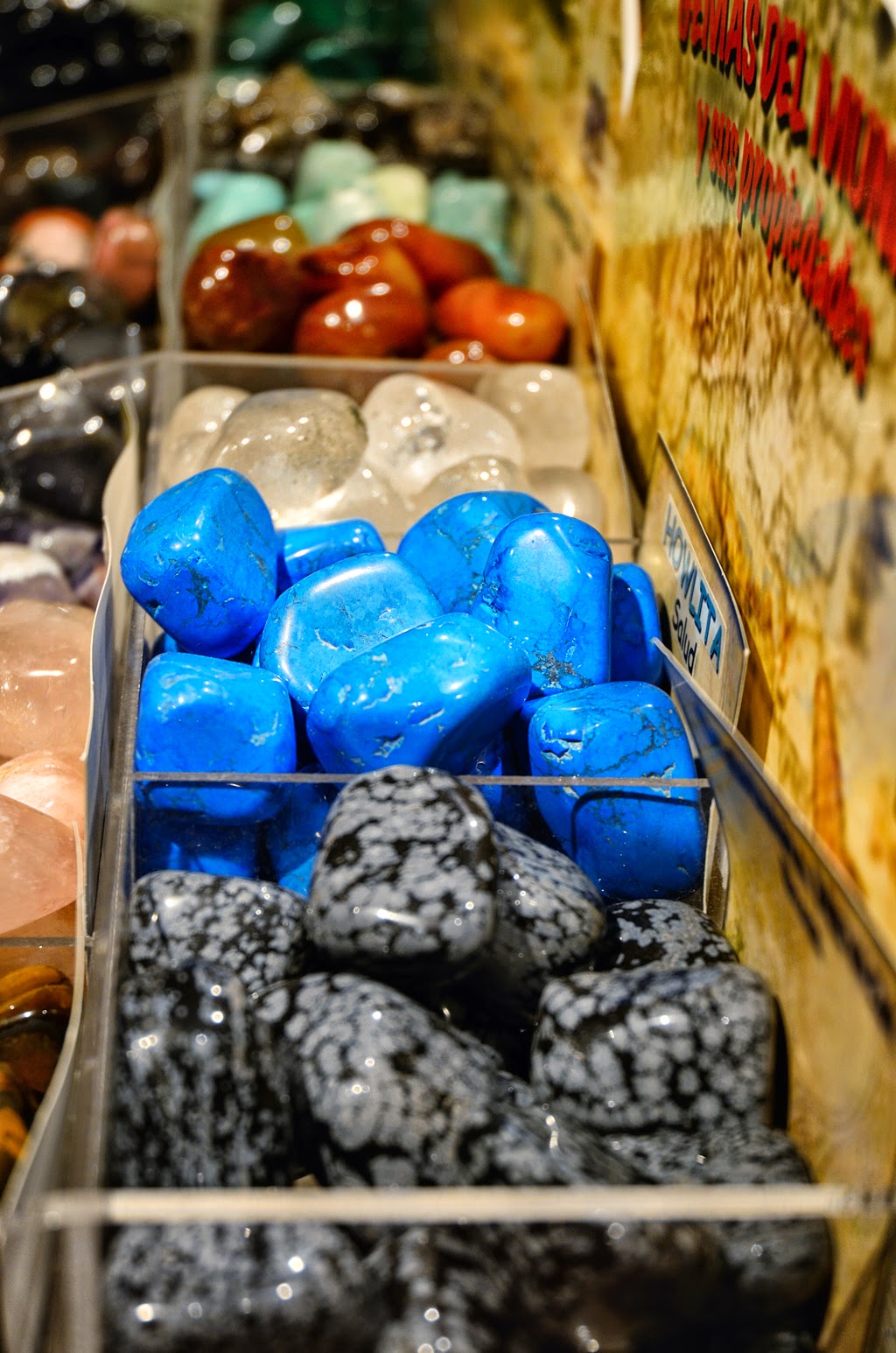



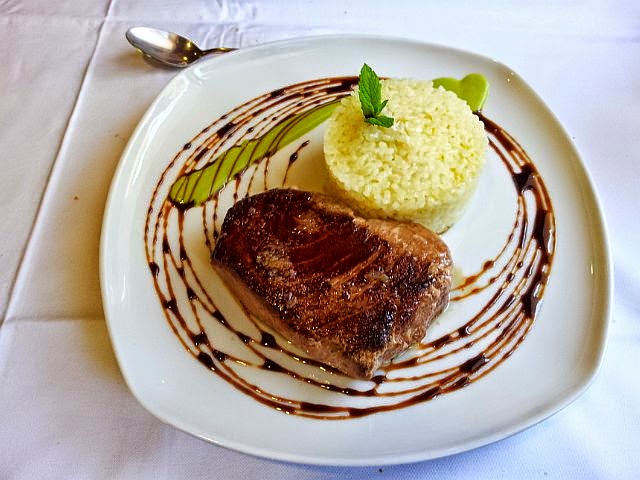

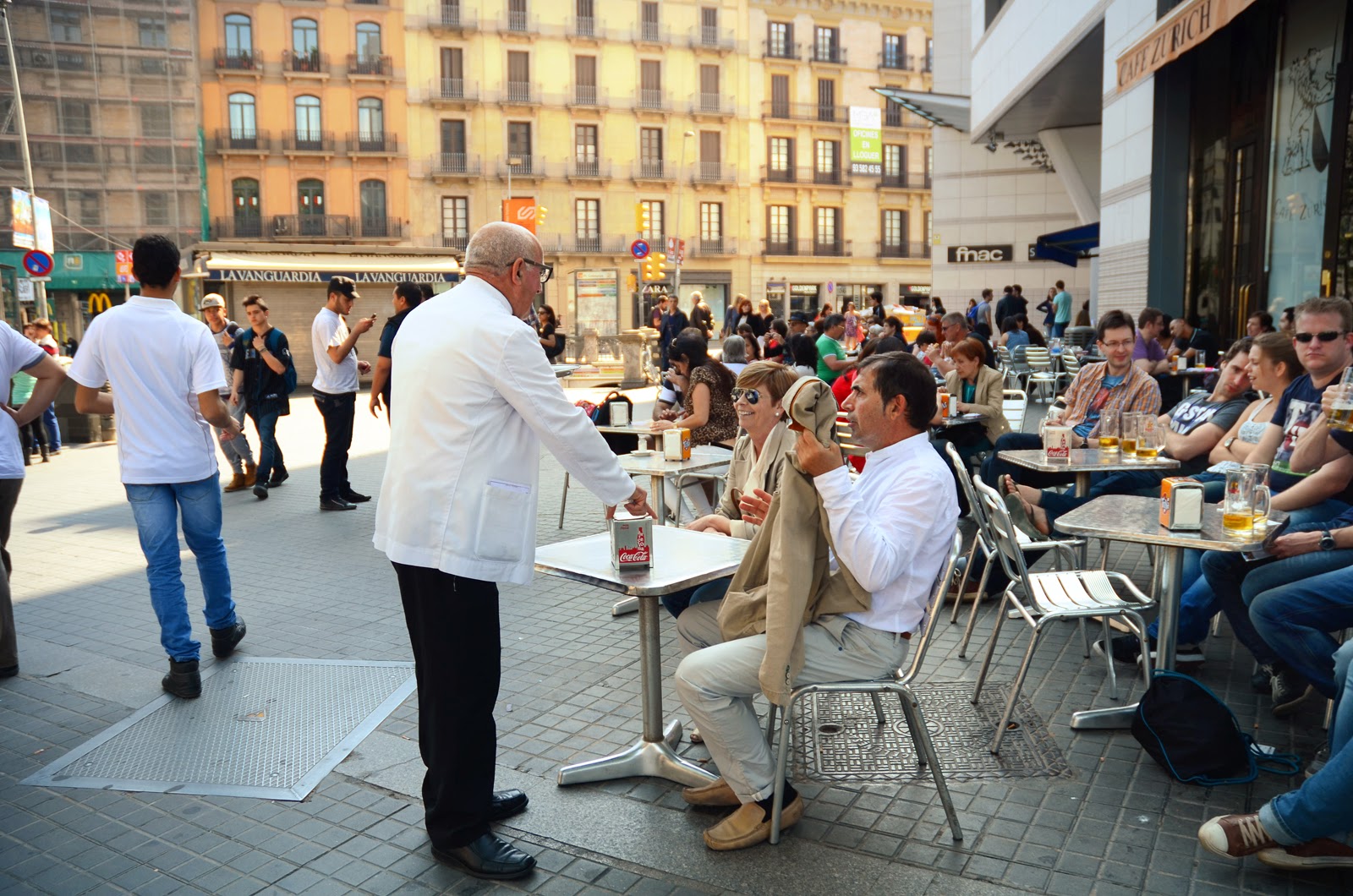
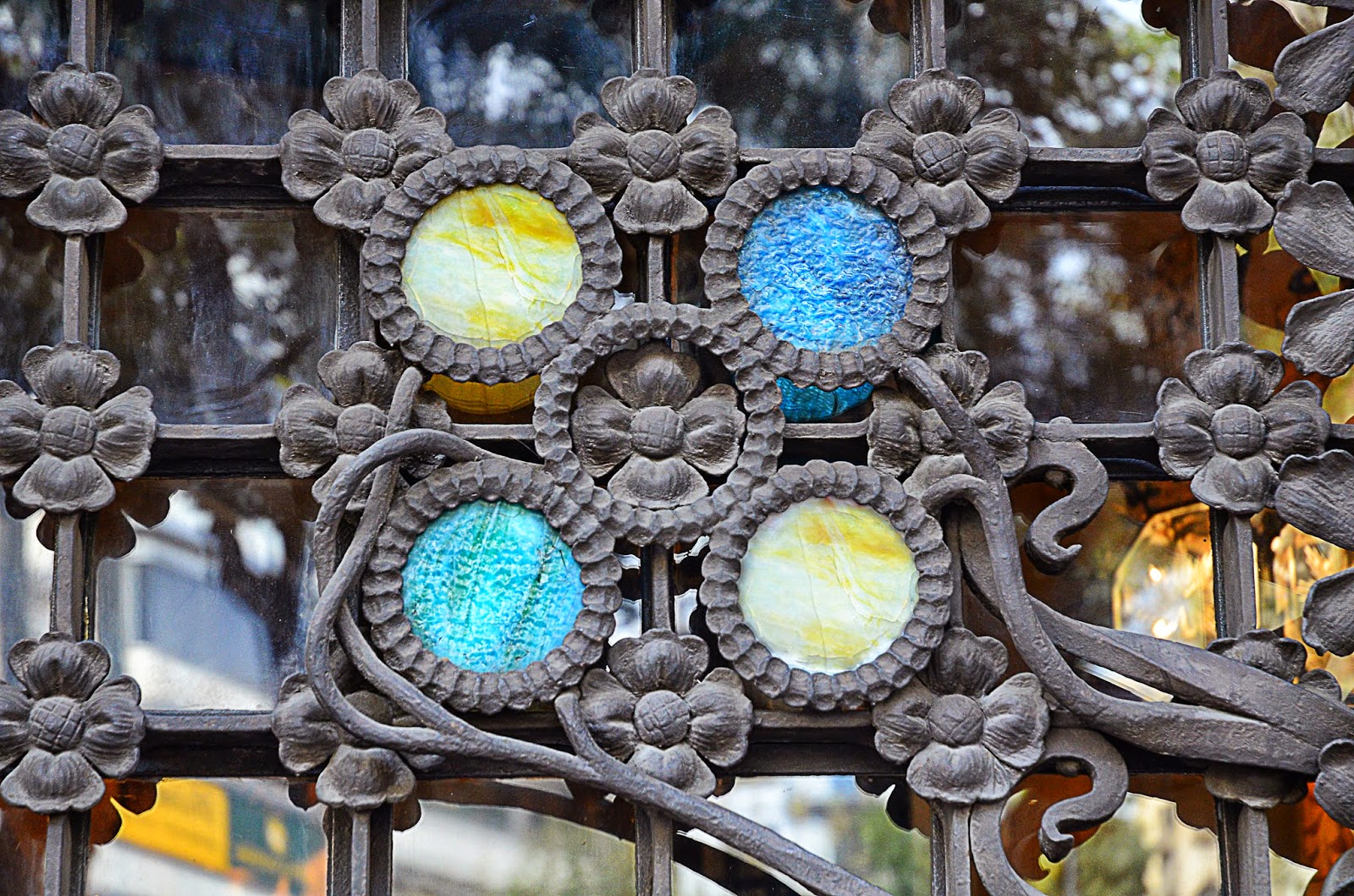
















![[enlarge]](https://2.bp.blogspot.com/-m29S-S7PAAc/UtRgwh0nSmI/AAAAAAAAHSc/Fpssncd4aFo/s1600/DSC_8003Las-Ramblas-LoversFinal1600.jpg)